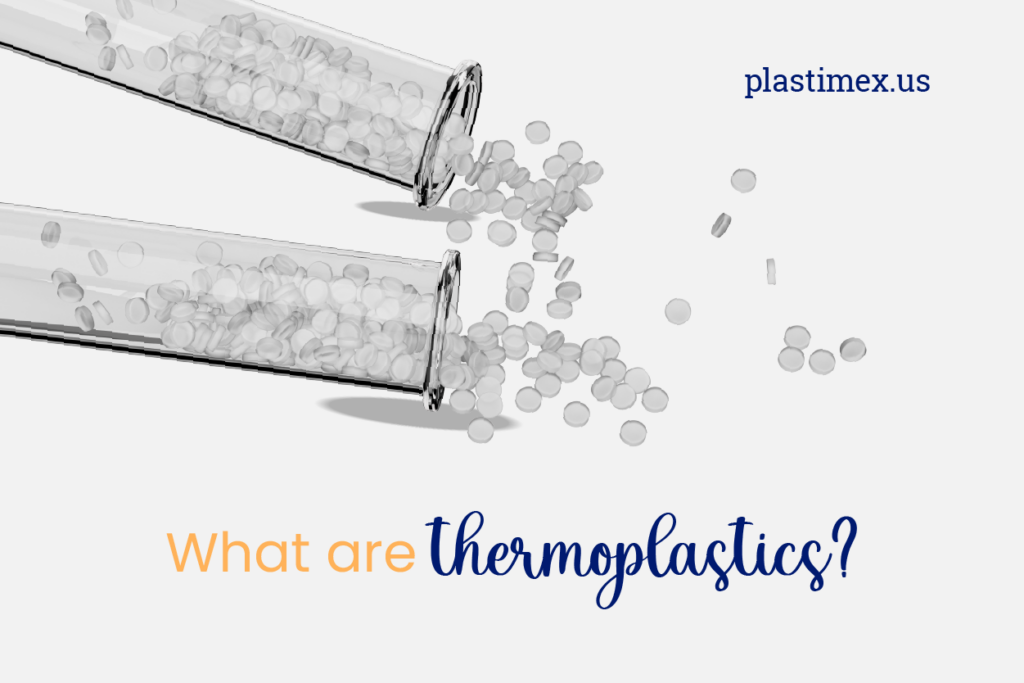In the field of materials, there are different categories with unique characteristics that distinguish them. One of the most outstanding and versatile groups is that of thermoplastics. These materials have revolutionized the industry and are present in our daily lives in many forms, from food packaging to automotive components and electronic devices. In this blog, we will explain what exactly thermoplastics are, how they differ from other types of plastics, and their most common applications.
What are thermoplastics?
Thermoplastics are a type of polymer characterized by their ability to soften and melt when heated, and then harden when cooled without undergoing significant changes in their chemical structure. This unique behavior is due to the way they are structured internally. Thermoplastics are made up of linear or branched polymer chains that are more loosely interlinked compared to other plastics.
Key properties
Fusibility: The primary characteristic is their ability to repeatedly melt and re-solidify through temperature control. This allows them to be easily molded to create different shapes without losing their essential properties.
Flexibility: They have high flexibility and elasticity, which makes them resistant to impact and allows them to withstand deformation without breaking. This makes them excellent materials for applications where some strength is required.
Chemical Resistance: Many thermoplastics have excellent resistance to a wide range of chemicals, making them suitable for use in corrosive environments. Additionally, they are resistant to water and moisture, making them a popular choice for outdoor applications or wet environments.
Recyclability: They re highly recyclable due to their ability to be repeatedly melted and molded without losing their properties. This makes them a more sustainable option compared to other plastics that cannot be efficiently recycled.
Most common applications
Thermoplastics have a wide variety of applications in numerous industries. Some prominent examples include:
- Containers and packaging: Thermoplastics such as high-density polyethylene (HDPE), polypropylene (PP), and polyvinyl chloride (PVC) are widely used in the manufacture of bottles, bags, trays and containers for food and consumer products due to their lightness, resistance, and sealing capacity.
- Automotive industry: Thermoplastics are used in the manufacture of automotive parts and components due to their resistance to corrosion, their ability to withstand extreme temperatures, and their low weight. These materials are used in bumpers, interior panels, air ducts, and other applications.
- Construction: Thermoplastics are used in construction to make pipes, insulation, linings, and waterproofing systems due to their durability, resistance to water and chemicals, and ease of installation.
Thermoplastics are fascinating and versatile materials that have transformed the modern industry. Their unique properties, such as fusibility, flexibility, and chemical resistance, allow them to be used in a wide range of applications. Also, their recyclability makes them a more sustainable option compared to other plastics. As technology and innovation continue to advance, we can expect to see even more advancements in the development and use of thermoplastics in the future. If you have any questions or want to purchase containers made of thermoplastics, contact us!

